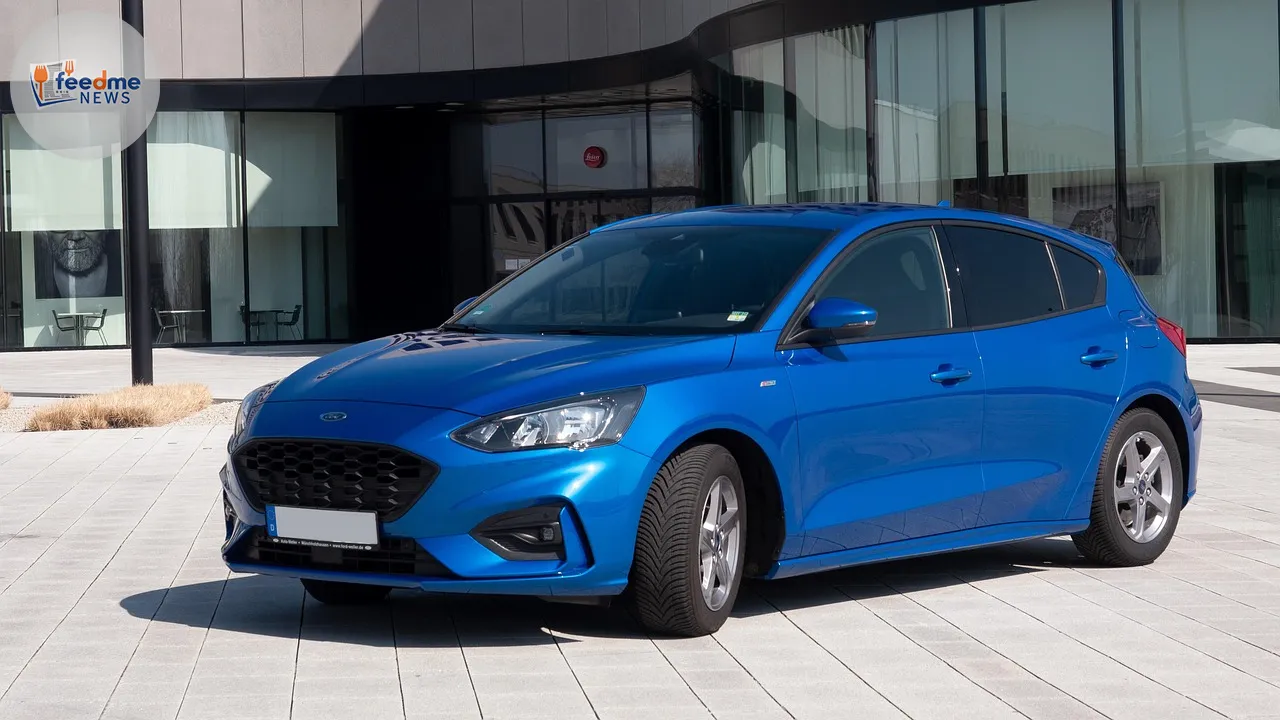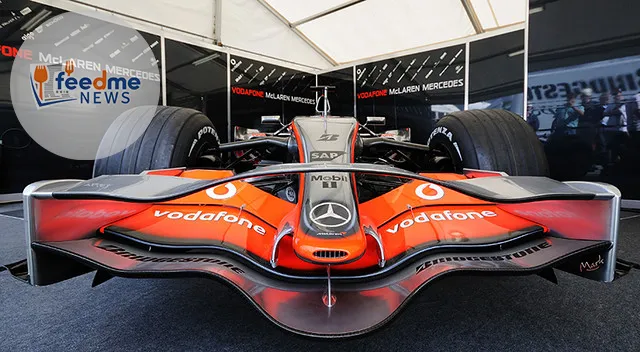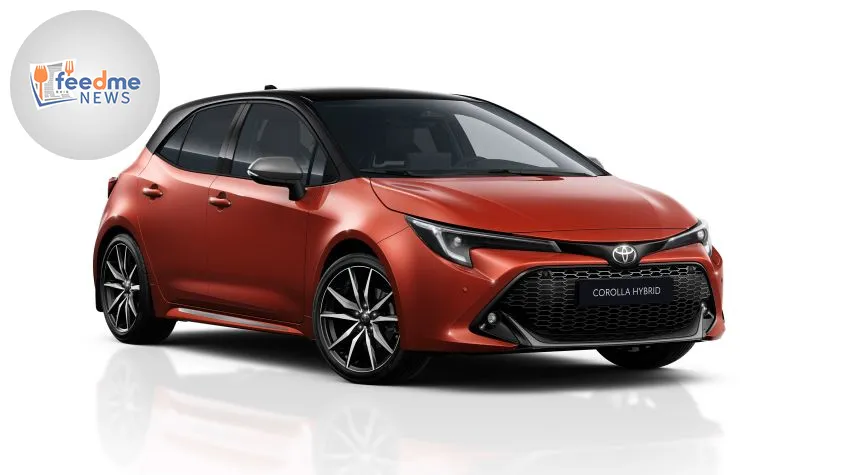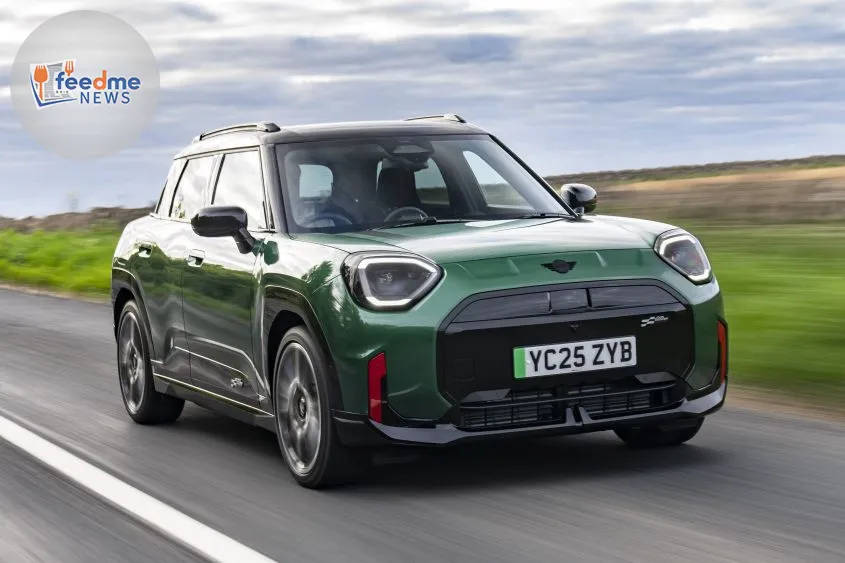Ford has announced a groundbreaking plan to launch a new range of affordable electric vehicles (EVs) by 2027, built on a cutting-edge Universal EV Platform. The initiative, described by Ford CEO Jim Farley as revolutionary for the company, marks a significant shift in Ford’s strategy towards sustainable and budget-friendly electric mobility, reminiscent of the impact of the iconic Model T.
Launching from Louisville: A Global Reach
The new EV range will be manufactured at Ford’s Louisville plant in the United States, with the first model being a mid-size, double-cab pick-up truck priced at approximately £22,000. This move positions Ford to compete strongly in the EV-sceptical US market, as well as internationally. The announcement follows recent trade agreements with the UK and EU, easing export barriers and enabling Ford to distribute these vehicles globally. Farley emphasised the project’s importance, stating, “from Kentucky to the world.”

Revolutionary Manufacturing Process
Key to Ford’s strategy is a novel manufacturing process that promises to reduce costs significantly. The Louisville plant will employ a three-line assembly process, where the front, rear, and core structures are built separately before being combined. This approach is expected to streamline production and simplify tasks for factory workers, potentially setting a new standard in automotive manufacturing.
Expanding the EV Line-Up
Ford plans to expand its EV line-up beyond the initial truck model, with future offerings likely to include a hatchback, crossover, van, and a three-bench SUV. These models will be priced similarly to the initial pick-up, making them accessible to a broader audience. Currently, the most affordable Ford EV in the UK is the Puma Gen-E compact crossover, starting at £29,995, highlighting the competitive pricing of the new range.
Technical Innovations and Features
While specific technical details about the Universal EV Platform remain undisclosed, Farley revealed that the new pick-up truck will feature prismatic lithium-iron-phosphate (LFP) battery cells produced at Ford’s Blue Oval Battery Park in Michigan. These batteries promise an impressive range and the ability to power a home for up to six days. Additionally, the truck is expected to outperform the Mustang twin-turbo in speed, offer rapid charging, and include an updatable over-the-air operating system.
A Nod to the Past: Reviving Iconic Names
The new pick-up may be named Ranchero, a nod to Ford’s tradition of reviving iconic names from its history, such as Capri and Explorer, for its EVs. This strategy aims to evoke nostalgia while signalling innovation and modernity.
Challenges and Risks
Despite the optimism surrounding the project, Farley remains cautious, acknowledging the risks involved. He stated, “We needed a radical approach to creating affordable vehicles. We needed to do it, but we also need to be sustainable and make money. There are no guarantees with this project. It is a bet. There is risk.” His comments underscore the challenges Ford faces in balancing affordability, sustainability, and profitability in a competitive market.
A National Endeavour
Farley also highlighted the significance of manufacturing the new EVs domestically, contrasting Ford’s approach with competitors who manufacture in Asia and import to the US. He remarked, “This project is bigger than Ford motor cars. It is about our country,” underscoring the broader economic and strategic implications of the initiative.
Potential Impact and Future Prospects
Ford’s ambitious plan could reshape the landscape of affordable electric mobility, providing consumers with more accessible options and potentially accelerating the transition to electric vehicles. If successful, this initiative could bolster Ford’s position in the global automotive market and contribute to a more sustainable future.
As Ford embarks on this transformative journey, the automotive industry will be watching closely to see if the company can deliver on its promises and set a new benchmark for affordable EVs.





